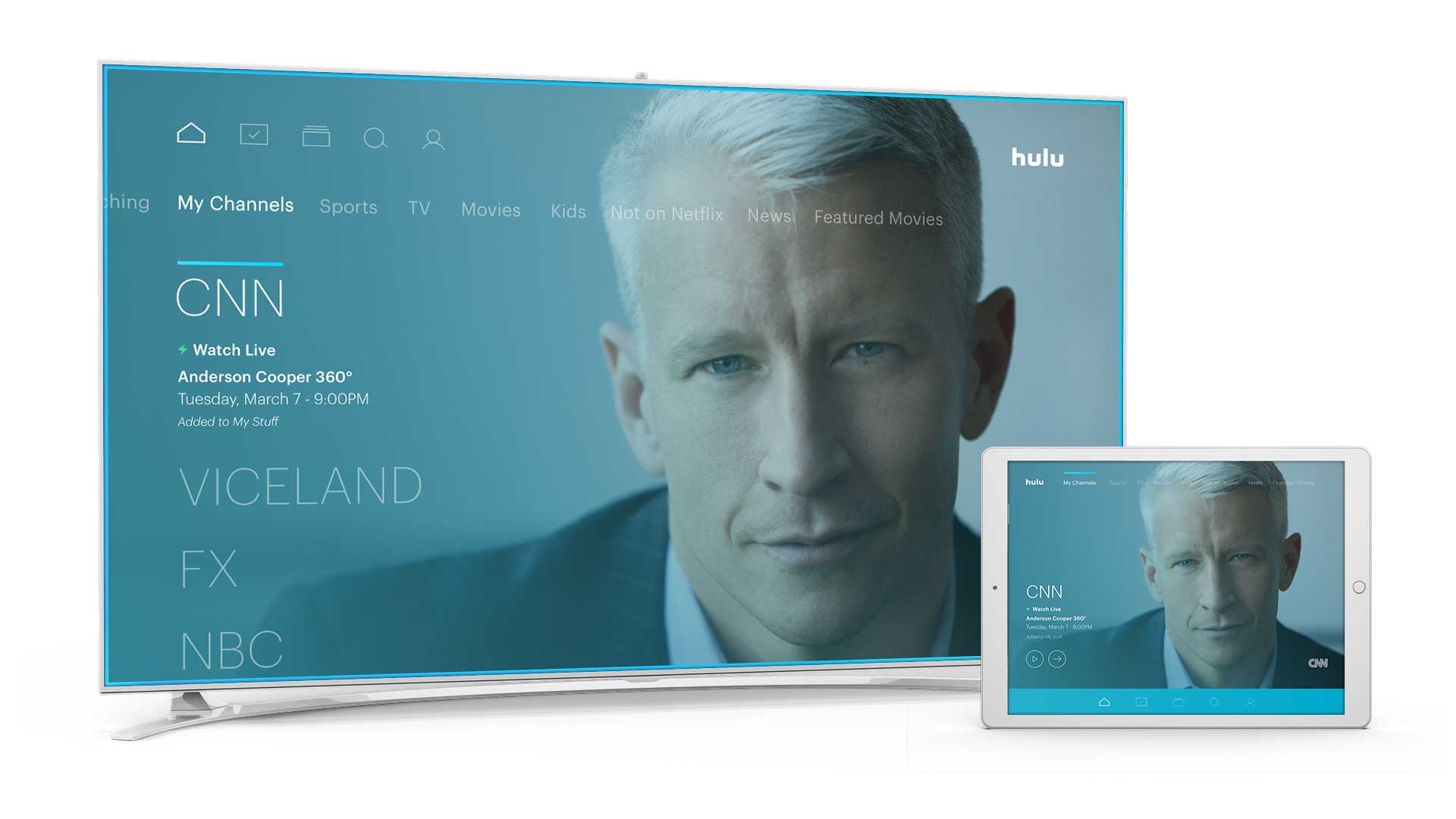VIDWeek: Content, Price, UI Drive OTT Success

Complete Coverage: VIDWeek 2017
New York – A mixture of the right price, more relevant content and user interface that doesn’t look like a 1980s spread sheet are key drivers to the future success of over-the-top video services, a panel of experts said at the Next TV Summit Thursday.
The latest kids on the OTT block—Hulu’s Live TV and YouTube TV—were launched about a month ago at price points of $40 and $35 per month, respectively, less than half the $80-plus monthly charge for traditional TV. But during "The New TV Distributors" panel discussion Tim Connolly, Hulu senior VP, head of distribution and partnerships, said a combination of strong content and better technology will win the day.
“The user experience on your cable television service basically hasn’t changed in 15 years,” Connolly said, adding that at Hulu, they jokingly call the typical cable Electronic Programming Guide (EPG) “Excel for your TV.”
VIDWeek: Personalization Not ‘Creepy’ When Done Right
Hulu Live is targeting millennials, Connolly said, and the service believes it has the right recipe to attract that audience—low prices, a modern “this generation” user interface and within the UI the ability to bring together live TV, on demand, DVR and subscription VOD in one place, not in silos that force the viewer to hunt for content.
“The users don’t care where [content] is they just want to watch their show,” Connolly said, adding that while Hulu Live is clearly missing some networks, customers are getting tremendous value for the price point—half a typical cable subscription—and a modern interface. “Those are the things consumers really want.”
YouTube TV and Google Fiber director of content partnerships Heather Moosnick agreed, adding that content that is relevant to younger users is key.
VIDWeek: Addressable, Programmatic Ads Drive Sling Sales
“We know what the YouTube generation, which is both millennials and teenagers, really are spending their time doing what they’re passionate about,” Moosnick said. “What we saw was while they’re not spending their time as much on TV, they love TV. There’s a lot of fan content on YouTube where they get very deep into their passion for TV content.“
She pointed to the estimated 20 million millennials who are cord cutters or cord-nevers, and that 30% of millennials say they will cut the cord in the next year.
“That’s a huge shift in behavior and willingness to pay," Moosnick said. "Why are they walking away from television? Is it because they don’t love it? The answer, we believe is no, they absolutely love TV. We just believe that they weren’t getting it in a way at a price point that made sense for them, given the value they are getting from free services like YouTube or $10 a month services like Netflix. The cost of pay television was too high. More importantly, they weren’t getting it in an experience that made sense to them anymore.”
VIDWeek: Industry Needs to Work Together to Own Programmatic
Newsy general manager Blake Sabatinelli said relevant content doesn’t have to replace existing shows, but can complement them.
“If you continue to make television for old people, young people will not watch it,” Sabatinelli said. “With this new wave of virtual MVPDs, you’re seeing new options; you’re seeing Newsy on Sling, Cheddar on Sling sitting next to CNN and Bloomberg, respectively. And you’re seeing those channels turn pretty good numbers because people really are looking for something new, alternatives to the television that their parents have been watching. The news, in our case, they’ve been watching the same thing for 50 years.”
Zone TV CEO Jeffrey Weber said pay TV isn’t going away, and it can still have value for digital networks.
Weber noted that last year Zone TV launched a service on two large operators last year, one that put the service inside the Electronic Programming Guide and one that put it in the menu system. The service inside the EPG had a take rate an order of magnitude higher than the one that was not.
“You shouldn’t walk away from how powerful that can be,” Weber said.
Connolly added that especially in the news and sports segments, shorter, punchier digital content could actually help longer form content.
“There is a really good chance that what we’re doing here could make the live streams of CNN, MSNBC or Fox News even better,” he said. Traditional news networks generally work in a 12-minute news loop, based on the assumption of a typical attention span. After 12 minutes, most linear TV viewers lose interest.
“You’re almost incentivized to turn it off after 12 minutes because you’re starting the second loop,” Connolly said. “But if you’ve got a live [or] quasi-live service that can be strung together with the stories you’re interested in and you’re not going to get that loop – it’s live-ish and personalized, it’s actually probably going to extend viewing lengths.”
Broadcasting & Cable Newsletter
The smarter way to stay on top of broadcasting and cable industry. Sign up below
